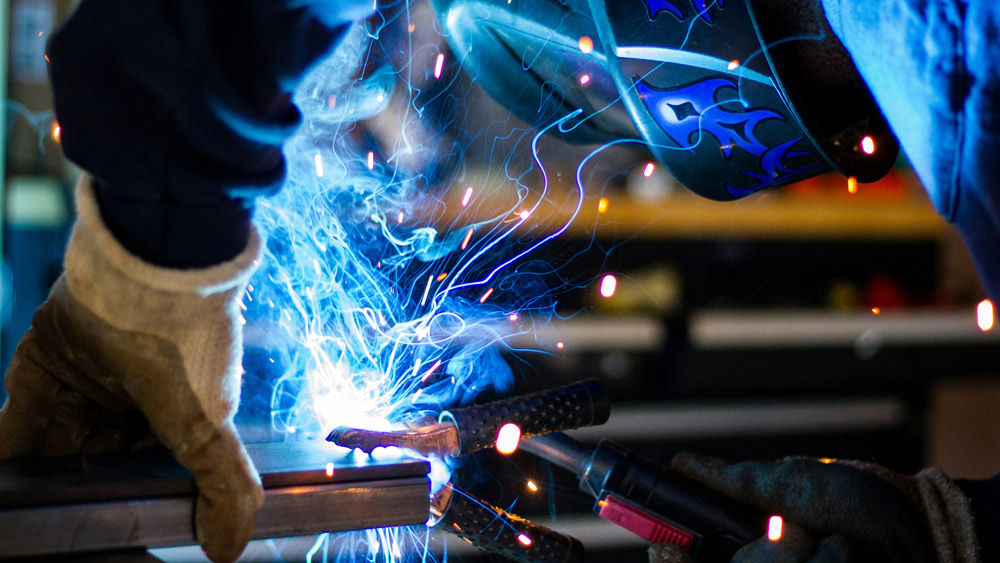You can meet challenges in manufacturing and thrive. Photo by Rob Lambert on Unsplash
A nonprofit serving manufacturers that has generously supported the Baldrige Enterprise is AME (Association for Manufacturing Excellence), which comprises 4,000 manufacturing members ranging from executives to senior and middle managers. I recently interviewed AME president and CEO Kim Humphrey, interested in knowing how she sees manufacturing and Baldrige, and how she thinks we can work together to support the U.S. economy.
|
ADVERTISEMENT |
Humphrey not only leads AME but also is a board member for the Baldrige-based U.S. Senate Productivity and Quality Award, which is a member of the Alliance for Performance Excellence, the network of Baldrige-based state and sector programs. Below are her responses to my questions.
Can you please describe your roles in AME and the Senate Productivity and Quality Award?
…

Add new comment